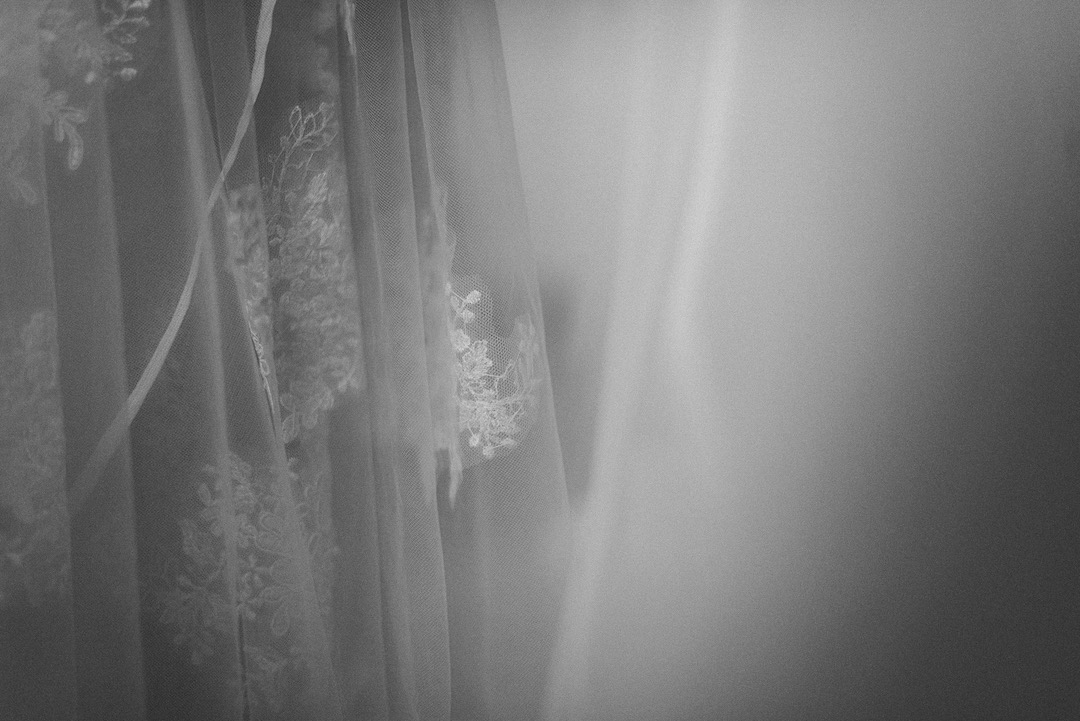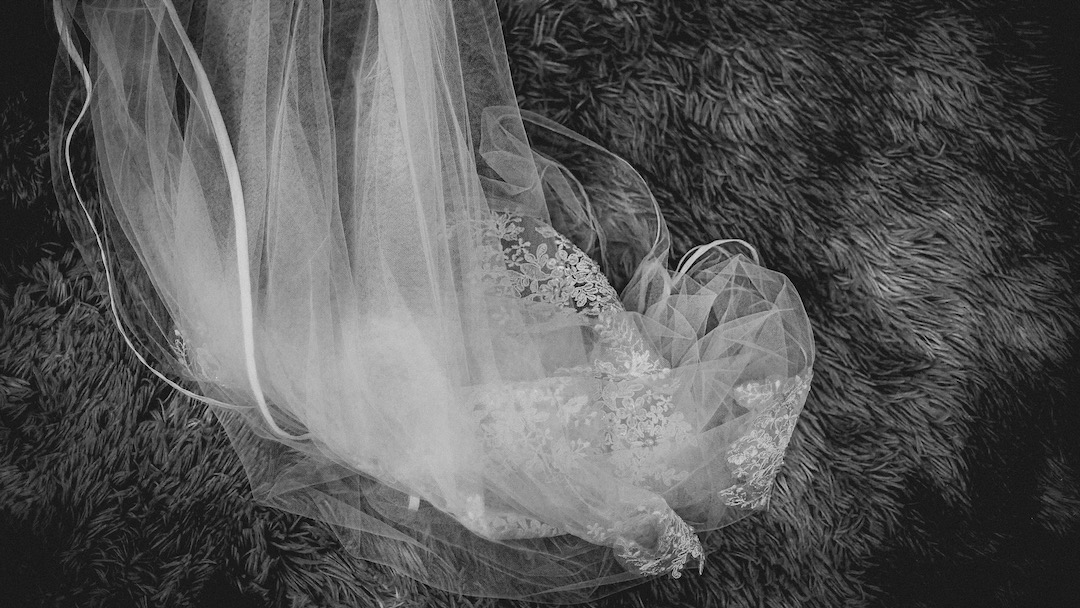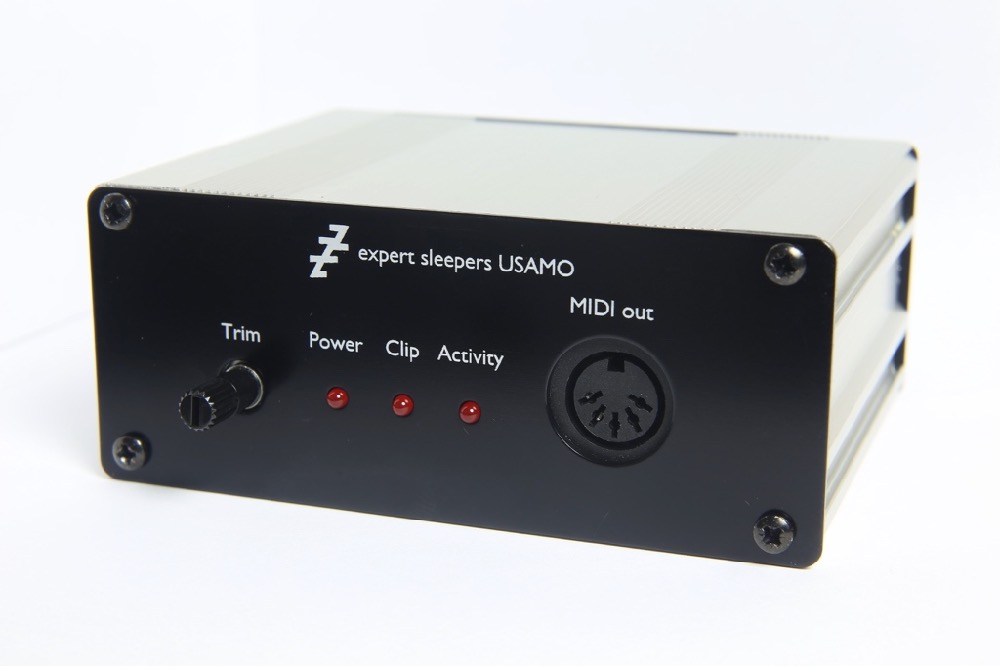
Keeps in time with an audio pulse, or just music with a strong beat. a proprietary method to sync 2 or more EDPs with the Master/Slave relationship being freely selected as you play. Keep in time with other loops and sequences. This has the same flexibility as Reverse. Or Reverse can be delayed by a process known as Quantise so it doesn’t happen till the end of the loop, allowing the looped audio to remain in time (synced) when you return to forward play. Ending a recording by hitting Reverse instead of Record takes you straight into reverse playback. Again this is in no way unique to the EDP, but the EDP lets you reverse the way you want. This allows rhythmic effects to be achieved. Replace can be configured to only happen while a switch is held down, or to neatly replaced a single beat of the loop. While the EDP perhaps isn’t the first device to allow you to drop in new audio to the loop, replacing the old, it’s certainly the first to present it in a way that allows easy creative usage. Gives you the opportunity to do all sorts of modifications to your loop, then jump back to the original. Like Multiply in it’s action, but result is stored in a different loop. Creatively you can also cut the loop length shorter, either to an exact division or to overdub a rhythmic part on top of sounds without definite rhythm. This makes it very quick to build up a complex arrangement without having meticulously play a simple backing rhythm for ages. Typically the new layer is an exact multiple in length of the original. Like an overdub, but you change the length of the loop. Instead of hitting Record at the end of recording hit Overdub, and you’re seamlessly adding another layer.
AUGUSTUS LOOP MANUAL MANUAL
So why is this device so revered when at first sight it may seem outdated? Simply because as well as being incredibly well thought out ergonomically it’s full of the kind of innovations that get live loopers inspired.Ī full list of features isn’t possible in a review such as this, you’ll need to spend considerable time with the manual to get that, but here’s a selection to give a flavour (many of these features copied by other manufacturers at users request): Also back then the idea of running more than one loop at a time hadn’t got established… hence while you can have up to 16 Loops on the EDP you can only play one at a time.

When the EDP was designed in the 1990’s it was thought that a stereo looper was not needed, as instruments tend to be mono, and effects could be placed after the looper in the signal chain to stereoize if required.


With the 7 footswitch buttons of the standard footpedal you can access a whole host of loop techniques and tricks. For many people, this is go-to device for creative looping.


 0 kommentar(er)
0 kommentar(er)
